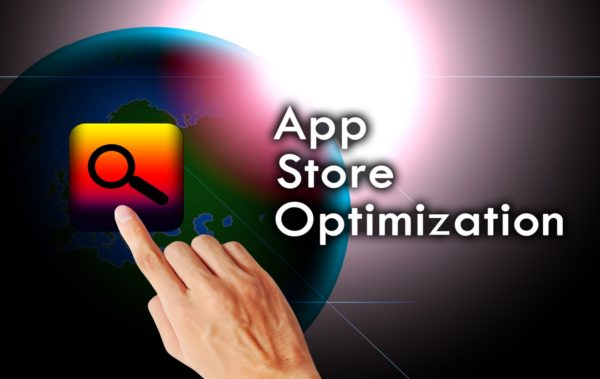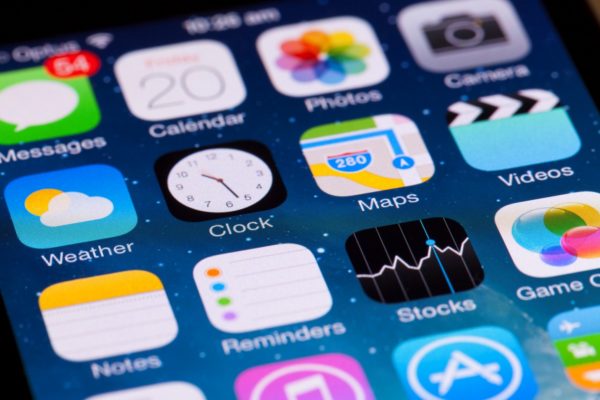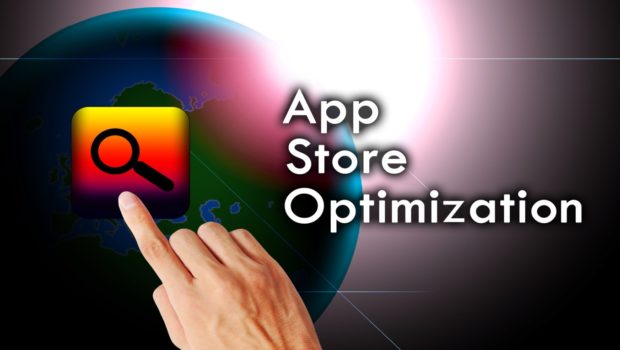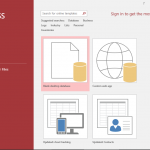The 7 Most Effective Steps to Enhance ASO
App store optimization or ASO is essential for mobile app businesses as well as for individual developers who want to monetize the applications they develop. It’s not difficult to do it if you have a guide and some knowledge on best practices. The following ASO steps should help.
1. Understand and work around the factors that motivate a download
The main goal of ASO is to increase downloads, to entice users to try your app. As such, you need to know what drives app downloads. These motivations can be summarized as follows:
- Specific function: Users want an app that performs a particular task greatly, not something that does multiple functions with mediocrity. There’s a prevailing preference for an ace, not a jack of all trades, master of none.
- Advertising: There’s a higher likelihood for an app to be downloaded if potential users saw it on an ad. This could be an ad on traditional media (TV or print) or online.
- Placement in the App Store: App stores have their way of ranking or charting apps. Logically, those that come on top of the charts or rankings are the first to be noticed by users. Hence, they are the ones more likely to be downloaded. The apps that appear in the first row or list of results when someone does an app search are the ones noticed and considered for downloading.
- Word of mouth or friends’ recommendations: Another important motivator for app downloads is the recommendation of friends or acquaintances. If an app is interesting, entertaining, or notably useful, users themselves become the voluntary advertisers or endorsers. This recommendation may be personal, through social media, or through other means.
- Positive reviews and high ratings: Ratings and reviews in app stores and sites devoted to reviewing applications matter. As much as possible, your app should have a rating of at least ⅘. The reviews should similarly be mostly positive or commendatory.
By knowing these app download motivators, you will have a more informed app store optimization endeavor. These serve as guides in coming up with a good title, description, visuals, and the overall appearance of your app store.

Copyright : Somchai Suppalertporn
2. Use the best possible title
As mentioned, users prefer apps with specific functions. If you want your app to get more downloads, make sure that the title used makes the app distinct. You can append descriptive words or phrases to the official app name so potential users would know what the app is all about just by reading the title. However, you have to keep the title short.
As much as possible, the full name of the app should be visible especially when the app store is viewed using a mobile device. The Apple App Store recommends at most 23 characters for the app title, while Google Play sets a higher title character limit at 30. Preview your app store using different devices to see if the app’s name is fully displayed.
Additionally, avoid using punctuation marks, symbols, or unusual characters in the title. They don’t add any value and only create confusion, or they unnecessarily eat up the character limit for the title.
3. Choose your keywords carefully
Keywords are vital in the optimization of an app store. Be prepared to spend some time brainstorming, evaluating, and picking your keywords. You have to think of the most probable keywords users will type to reach your app. You can use keyword tools such as Google Trends for this.
It is advisable to compile in a worksheet all of the keywords you have come up with. Then, evaluate them according to their relevance, difficulty (based on competition), traffic, traffic, and the number of apps that use them. Choose keywords that are less difficult (has fewer competitors) to optimize with but has a good number of searches.
Here are some other reminders in choosing a keyword:
- You no longer need the plural form of the keyword if you already have the singular.
- It’s unnecessary adding articles (a, an, the) as well as “app” after the name of the app.
- Avoid the use of brand names (including derivatives).
- You don’t have to spell out numbers (use 1, 2, 3, etc., instead)
4. Write a compelling description
After choosing your keywords, you can proceed to using them in your app store description section. By the way, in the Apple App Store, there is a field where you can enter keywords, something that does not exist in the Google Play Store. As such, you can only use the keywords in the app store description in the latter.
Consider the following guidelines in writing the description:
- Be as straightforward and concise as possible: Most app users don’t have the patience to skim through long blocks of texts in the app description. It’s not easy to hold the attention of those who read texts online. That’s why it is advisable to keep your description short but adequate.
- Use calls to action: Write lines in the description that create a sense of urgency for the reader to respond.
- Concisely explain what the prospective user can get from the app: Write a compelling value proposition. Convince the potential app user what’s in it for them. Highlight the distinguishing features.
- Avoid using jargon and uncommon words. There’s no point in trying to impress anyone with your writing style and choice of words. Jargon and hifalutin words tend to make the description difficult to comprehend, driving away potential downloads.
- Make sure the description is free from typos and grammar errors. Nobody likes reading anything with obvious grammar and spelling mistakes. These can create the impression of inferior credibility or diminished reputability.
- Avoid keyword stuffing. Don’t overdo the injection of keywords into the description. Keywords are important but if you put in too much of them, the end result becomes unpalatable to human users.
- Refrain from exaggerating and using misleading and confusing statements. Stick to the facts and avoid making claims that are not clear and definite. Shun the hyperboles and overeager expressions.
5. Add appealing and useful visuals
Use a distinct, striking, easily identifiable, and memorable app icon. Never put a boring image for your app icon. Choose something simple and classy but also a standout. When it comes to the app screenshots, make sure that you add clear images that show the app’s interface. Choose screenshots that showcase the most appealing parts of the app. It would also be a good idea annotating the screenshots. These annotations can serve a user guide.
6. Influence your app reviews and ratings
The reviews posted by users as well as the ratings form part of how your app store looks like. The overall rating for your app may just be a small element in the app store but it creates such a significant impact. For example, if you have a rating that is less than ⅗, many potential users would immediately leave your app to look for a better alternative.
Moreover, you can also do something to influence the reviews. This is by responding to bad reviews or criticisms. Many bad reviews turn out to be due to simple misunderstandings. You can do something to correct these by replying to the reviews and clarifying the issues. You can then request those who posted the unflattering comments to update their reviews and ratings. However, if the criticisms are valid, the best you can do is to promise an update for the app.
7. Consider localizing your app

Copyright: georgejmclittle / 123RF Stock Photo
Lastly, target potential app users who are non-English speakers. You can make your app more appealing to certain groups of users by presenting it in their language. If you can’t do it on your own, you can hire a certified localization services provider. Make sure that you have precise and contextually accurate translations. Otherwise, the effort to localize may end up backfiring.
On the other hand, consider making it easy for machine translators to translate the texts in your app store. Major web browsers, Chrome in particular, come with convenient translation features that can quickly convert texts in a web page from one language to another. You can make it easier for machine translators to generate close-to-accurate translations by writing the texts in the app store simply and straightforwardly.
Achieve the best results for your app store optimization by following the steps discussed above. Understand what motivates users to download apps and make sure you have the best title, description, and visuals for your app store. It also wouldn’t hurt doing the localization strategy.
Author’s bio
Sean Patrick Hopwood is a polyglot whose interests include technology, the Internet, education, and positive thinking. He is the President and CEO of Day Translations, Inc., a company serving international clients with a wide range of language services including translating, interpreting and website and app localization.















